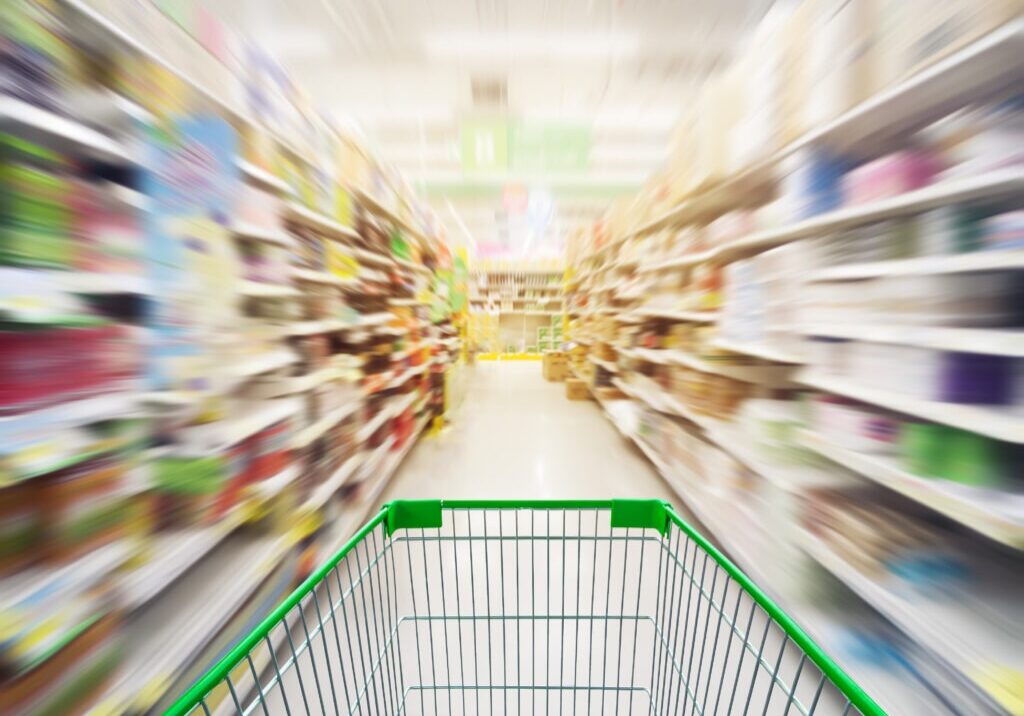The Trump administration is warning that the Supplemental Nutrition Assistance Program (SNAP) will run out of funding in two weeks unless Congress reaches a deal to reopen the federal government. The Times-Picayune | Baton Rouge Advocate’s Alyse Pfeil explains how the funding lapse will affect roughly 800,000 Louisianans who use SNAP to put food on the table:
The lack of funding for food assistance programs would hit people during a month with a major holiday, when kids are home from school and families are trying to plan a Thanksgiving meal, said Susan East Nelson, executive director of the Louisiana Partnership for Children and Families. “Kids aren’t going to have the food that they need right at the time as they’re not going to be in school because of the holiday,” she said. “You’re going to have kids who go without food.”
The expiration of SNAP benefits could ripple throughout Louisiana’s economy:
Both [Executive Director of Feeding Louisiana Pat] Van Burkleo and East Nelson said the lack of SNAP funds will strain grocers and other food retailers, too. “The retailers are the people who get the money from SNAP. So if there are no SNAP benefits, the retailers are going to see the loss,” East Nelson said.
Dottie Rosenbaum and Katie Bergh of the Center on Budget and Policy Priorities explain why the Trump administration can – and should – take steps to ensure SNAP recipients receive their November food benefits.
A tale of two economies
On its surface, the U.S. economy appears stable. Consumer spending continues to outpace inflation and the unemployment rate remains relatively low. But as The New York Times’ Ben Casselman and Colby Smith explain, there’s a growing financial divide between the rich and everyone else:
Wealthier Americans, buoyed by a stock market that keeps setting records, have continued to spend freely. Lower-income households — stung by persistent inflation and navigating a labor market that is losing momentum — are pulling back. The top 10 percent of U.S. households now account for nearly half of all spending, Moody’s Analytics recently estimated, the highest share since the late 1980s.
A stable job market is creating a facade of resiliency for the U.S. economy, but that could come crumbling down very quickly:
If companies begin making widespread cuts, the consumer picture could darken quickly, warned Michelle Meyer, chief economist at Mastercard. “If we actually see an increase in firing rates, if you see an increase in the unemployment rate, if you see wages really start to slow in a meaningful way, then I think that even if household balance sheets are still supported, the story line changes very rapidly,” she said.
What waning federal disaster aid means for state budgets
The Trump administration wants to shift the financial responsibility of recovering from natural disasters from the federal government to states. A new issue brief from Pew explains why the move poses serious fiscal challenges for Louisiana, which leads the nation in average annual disaster aid:
In some states, average federal disaster aid reached levels typically associated with major state budget categories. Once again, Louisiana and Mississippi are excluded as outliers, having received 2024 disaster assistance equal to 18.9% and 11.1% of their general fund spending, respectively—figures that are comparable to national spending averages for Medicaid (18.7%) and higher education (9.4%).8
Pew’s team provides ways that state leaders can mitigate the risks:
For their part, states can prioritize forward-looking budgeting practices, such as setting aside dedicated disaster reserves, integrating disaster costs into long-term fiscal planning, and improving transparency around spending to help ensure that they are prepared to respond to worst-case scenarios and manage their fiscal sustainability over time.
The Washington Post’s team provides a cautionary tale from North Carolina counties that drained budgets last year on Hurricane Helene recovery efforts, but are still waiting for FEMA reimbursements.
Shutdown leaves gaps in states’ health data
The federal government shutdown has frozen efforts by the Centers for Disease Control and Prevention to track and respond to disease outbreaks. Stateline’s Tim Henderson explains how this pause is leaving gaps in states’ health data:
The pause leaves states with less early warning on disease outbreaks, potentially endangering lives even as child vaccination rates drop amid increased exemptions and hesitancy fed by misinformation. State and local officials can combat outbreaks with targeted advice to get vaccinated and stay home when sick, but they need to know where to do that first. And residents won’t know to take precautions if they’re unaware when many in their community are falling ill.
Tulane University has been forced to pause wastewater monitoring that tracks the prevalence of COVID-19:
“The pause means that we won’t have a good sense of which states are dealing with elevated transmission [of COVID-19] until the data come back online,” [Tulane Associate Professor Michael] Hoerger said. “I can still post useful national estimates and forecasts, but that doesn’t really help with states that are outliers from what’s happening nationally.”
Number of the Day
$3.5 million – Updated projected cost for the construction of a new regional jail in Concordia Parish dedicated solely for 17-year-olds. In 2024, the Louisiana Legislature passed a new law requiring 17-year-olds to be treated as adults in the state’s criminal legal system. (Source: Louisiana Illuminator)
